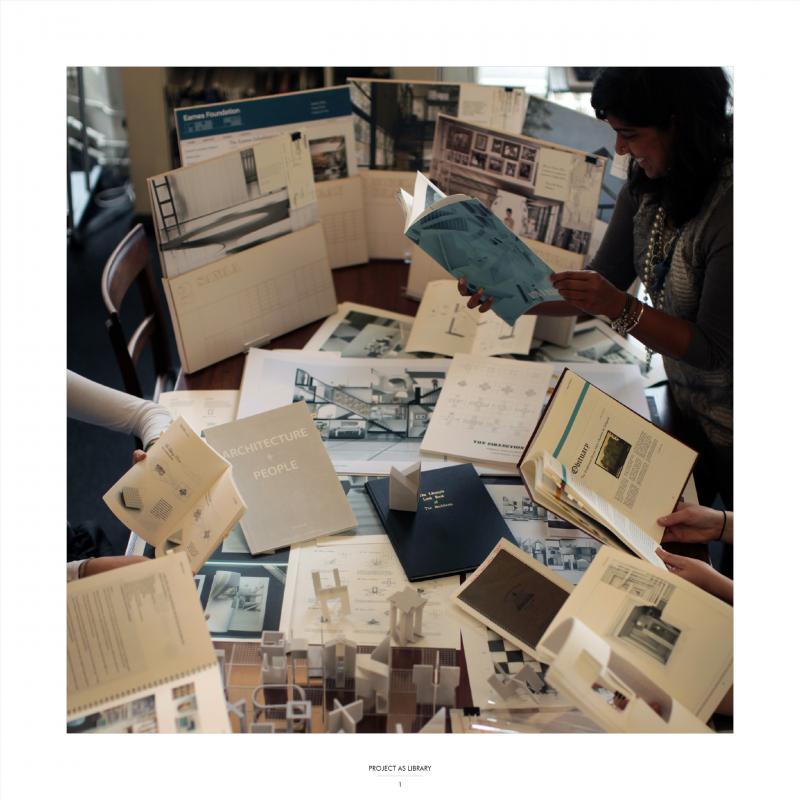
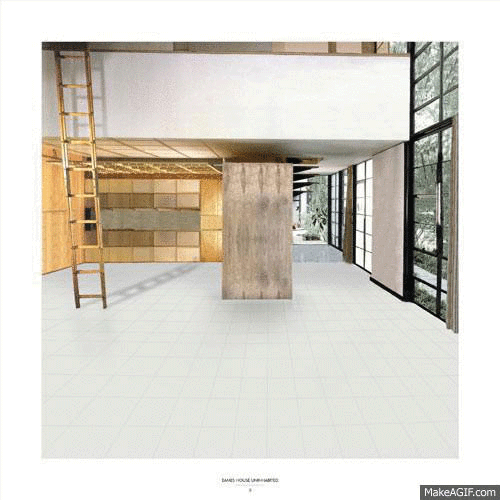
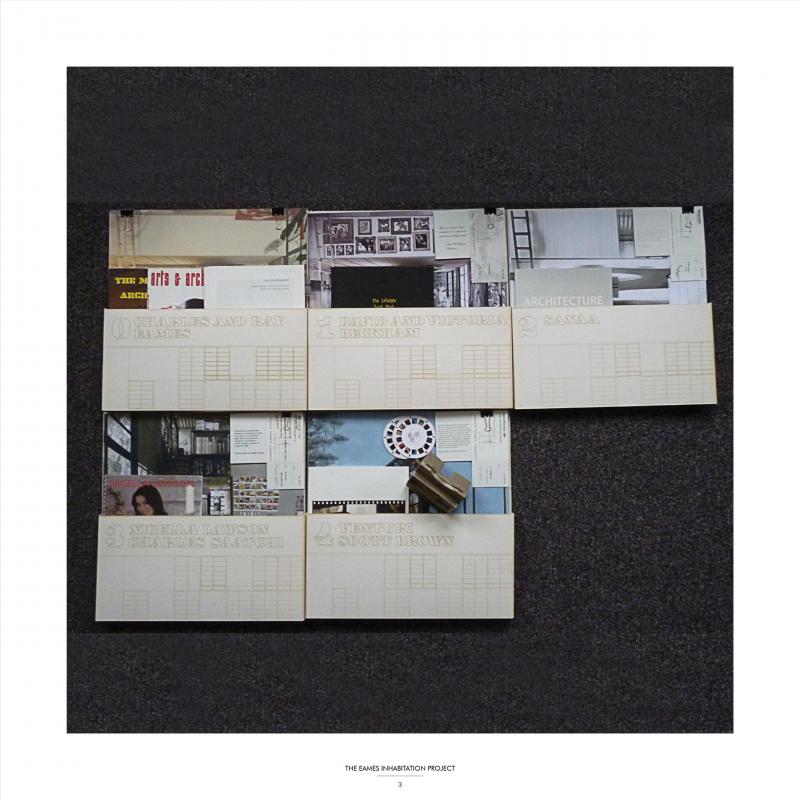
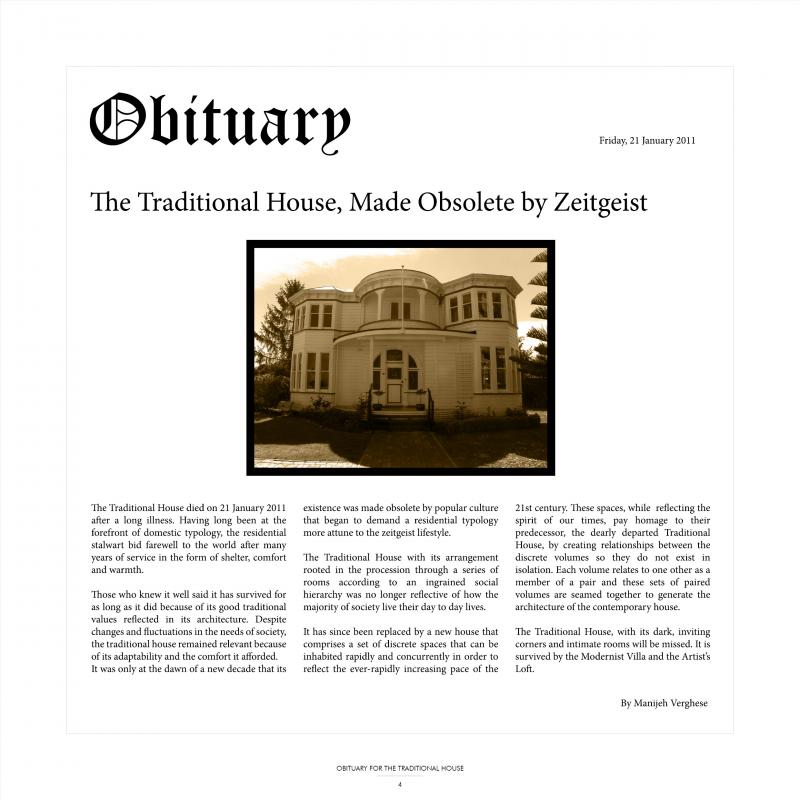
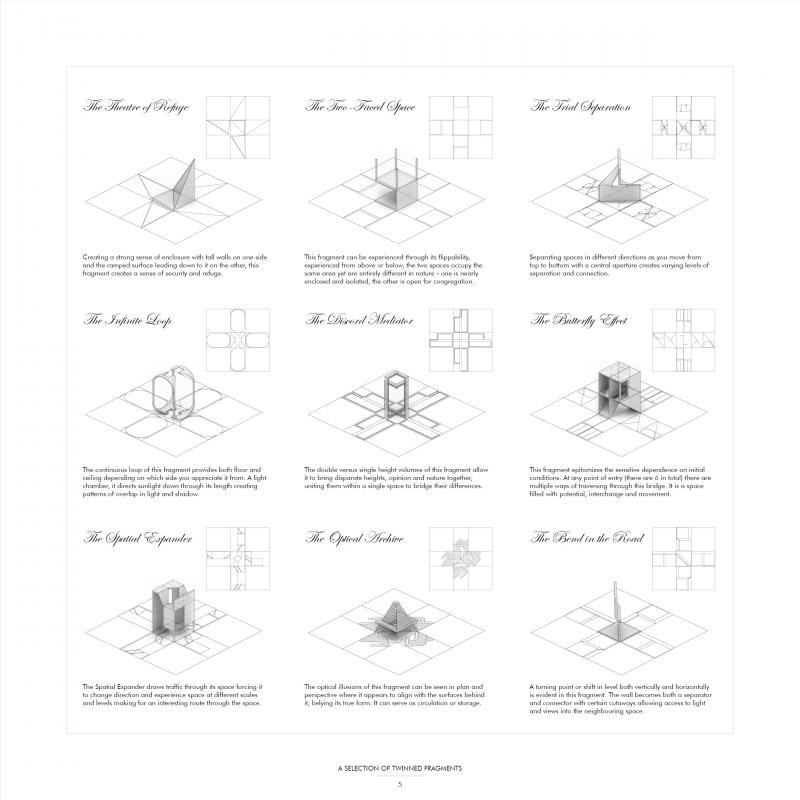
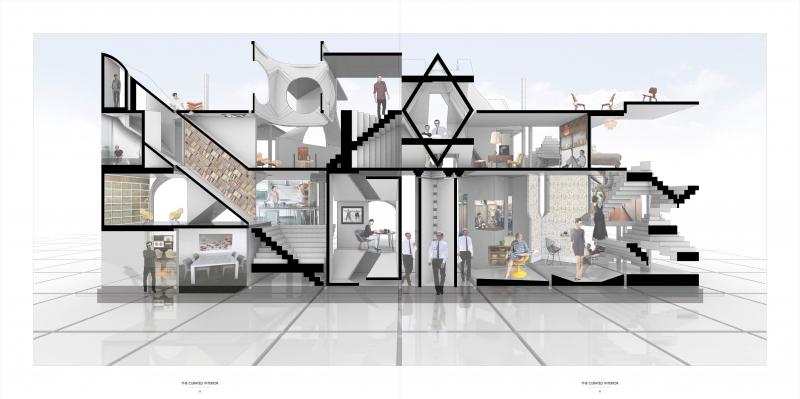
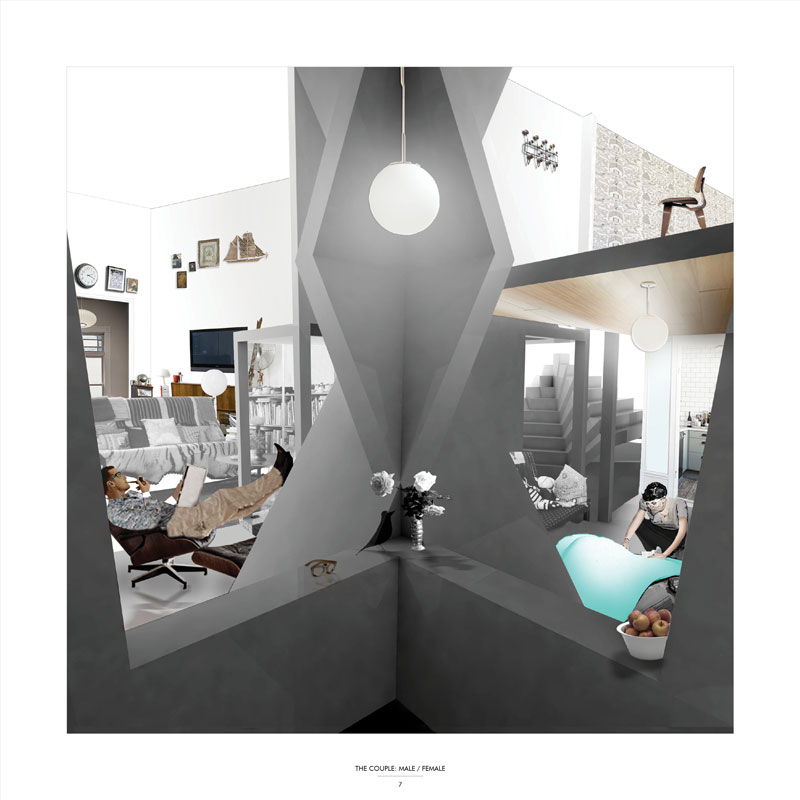
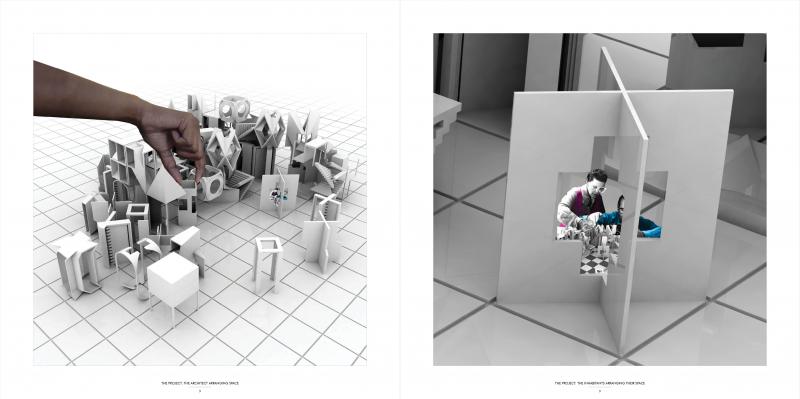
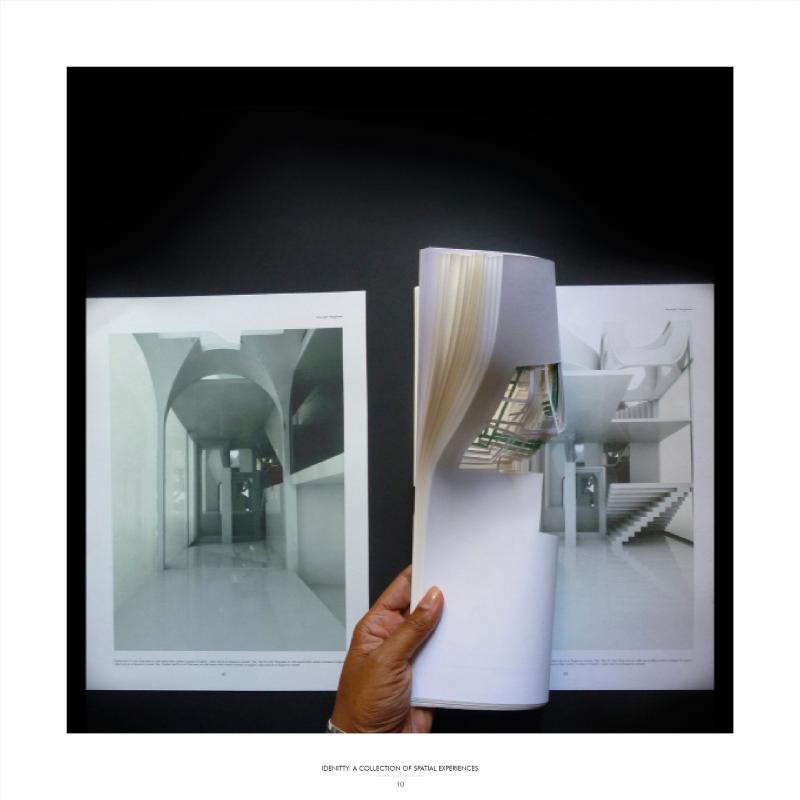
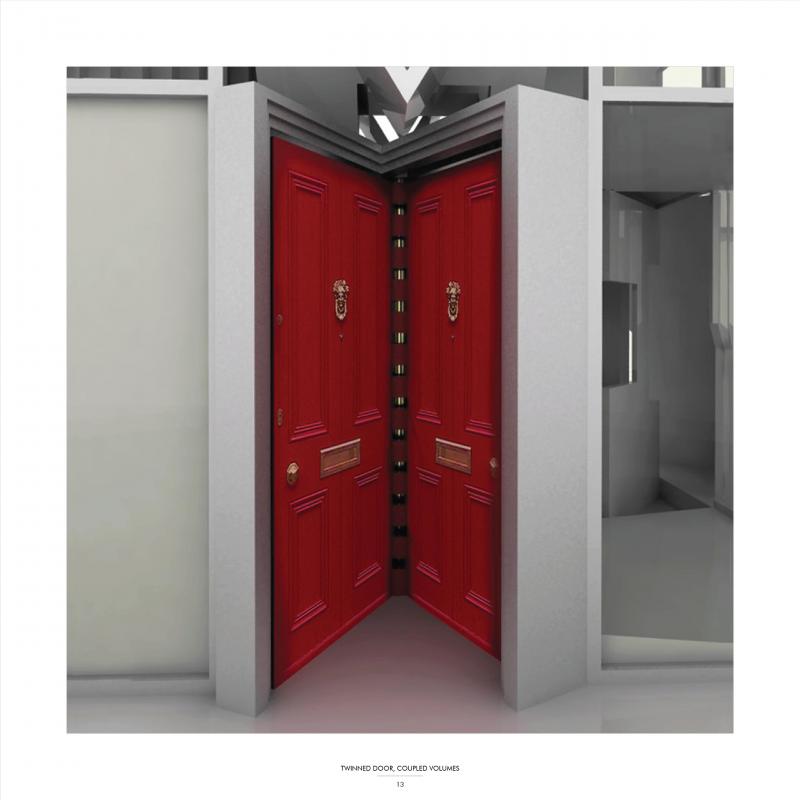
Architecture does not exist in isolation. It is always experienced through its relationship with identity. The pairing of architecture with identity creates the context for this project as identity is constructed through the inhabitation of domestic space.
In a society where the construction of identity is as malleable as it is today, with the proliferation of Public Relations and social networking websites, we need to focus on the construction of space as a construction of identity in order to prevent the architect from becoming obsolete.
This project aims to empower inhabitants to transform architecture so that it can play a fundamental role in constructing identity.